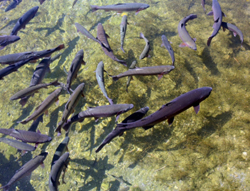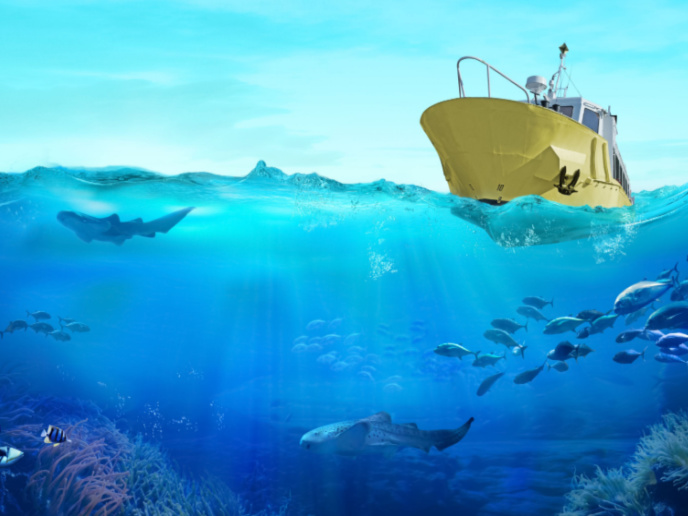Humane slaughter of farmed fish
Recent research suggests fish have the capacity for pain and suffering, so EU-funded scientists have developed humane slaughter methods for four fish species important to the EU economy. Humane slaughter consists of stunning, which avoids stress to the animal by rendering it unconscious prior to it being killed. Most people are familiar with campaigns to prevent cruelty to domestic animals, animals used for the advancement of science, and animals killed for commercial use of furs and other body parts. Many organisations are working hard to ensure animal welfare in the case of agriculture and aquaculture. Issues include those related to production, transportation, slaughter and destruction due to disease control. Fish have been largely ignored until recently as they tend to evoke less sentiment than furry mammals. In addition, lack of scientific evidence one to two decades ago as to a fish’s ability to perceive pain meant there was not an impetus to develop more humane methods for aquaculture. Several recent reviews suggest that fish have the necessary neuroanatomical make-up to perceive pain. Their physiological and behavioural responses together with the former make it highly likely that they do in fact have the capacity for suffering. The EU supports stunning to render fish unconscious and insensible as a vital part of any slaughter procedure. European scientists sought to develop humane stunning equipment for four selected farmed fish species (eel, tilapia, sea bass and turbot) important to the EU economy. With funding of the ‘Development of prototype equipment for humane slaughter of farmed fish in industry’ (Stunfishfirst) project, the consortium decided to use electrical stunning methods that can be applied in a continuous process or for batches of fish. Scientists relied heavily on electroencephalogram (EEG) data to determine the condition of fish subjected to stunning. Behavioural data complemented the EEG data but were used with caution as fish which are not able to respond in their behaviour to administered stimulimay still be conscious. EEG data also enabled optimisation of conditions for an instantaneous stun without recovery during further processing. No effects on fish quality were observed with the procedure. In addition, substantial power savings were achieved by using a pulsed square wave instead of a standard sinusoidal one. Tests with the concept stunner showed that slaughter could be carried out that met the demands of partner SMEs. Tests with the concept stunners showed that further studies are needed prior to commercialisation. The outcome of StunFishFirst is an important step forward to putting into practice the humane slaughter of aquacultural species within the EU, while enhancing the competitiveness of numerous European SMEs.







